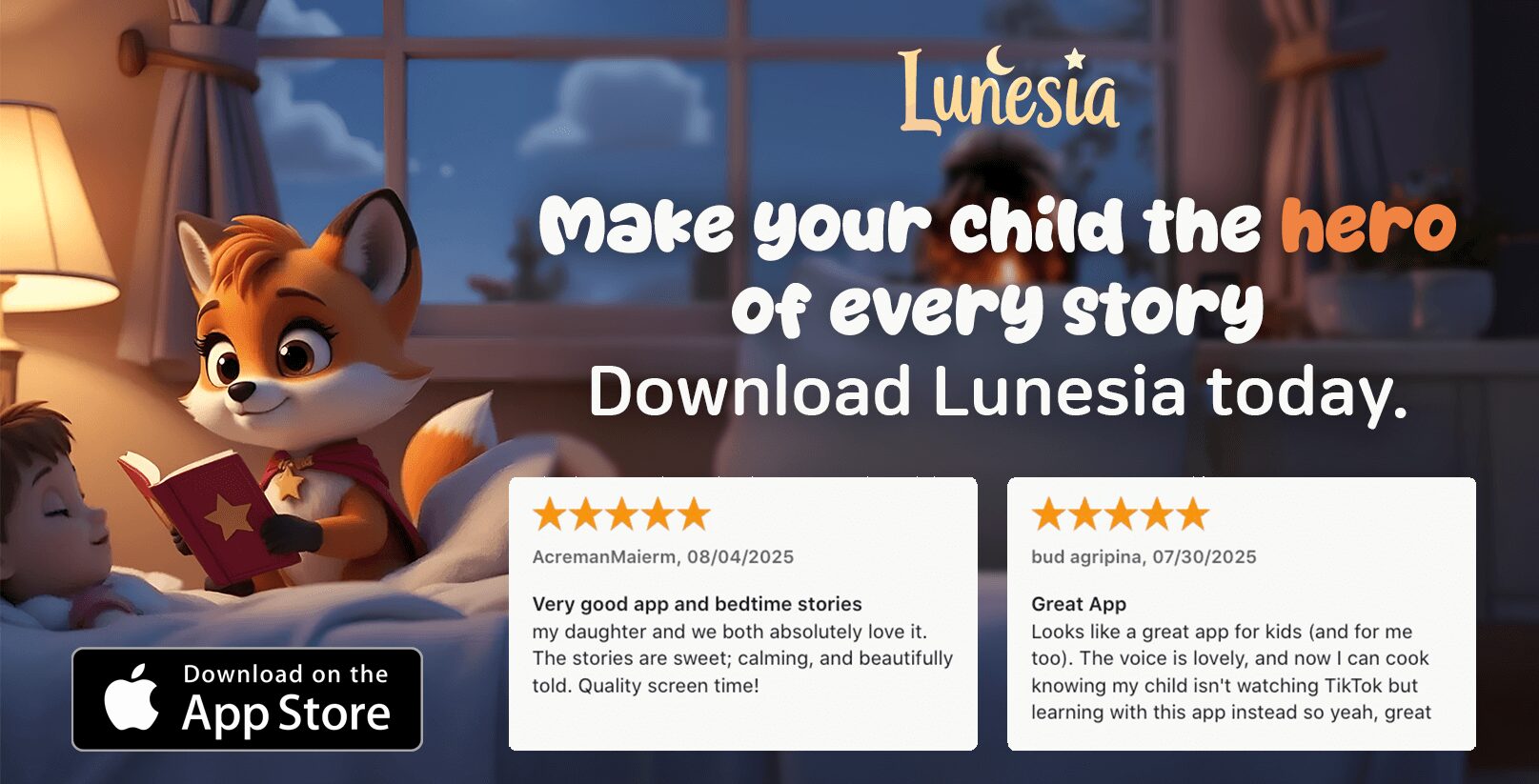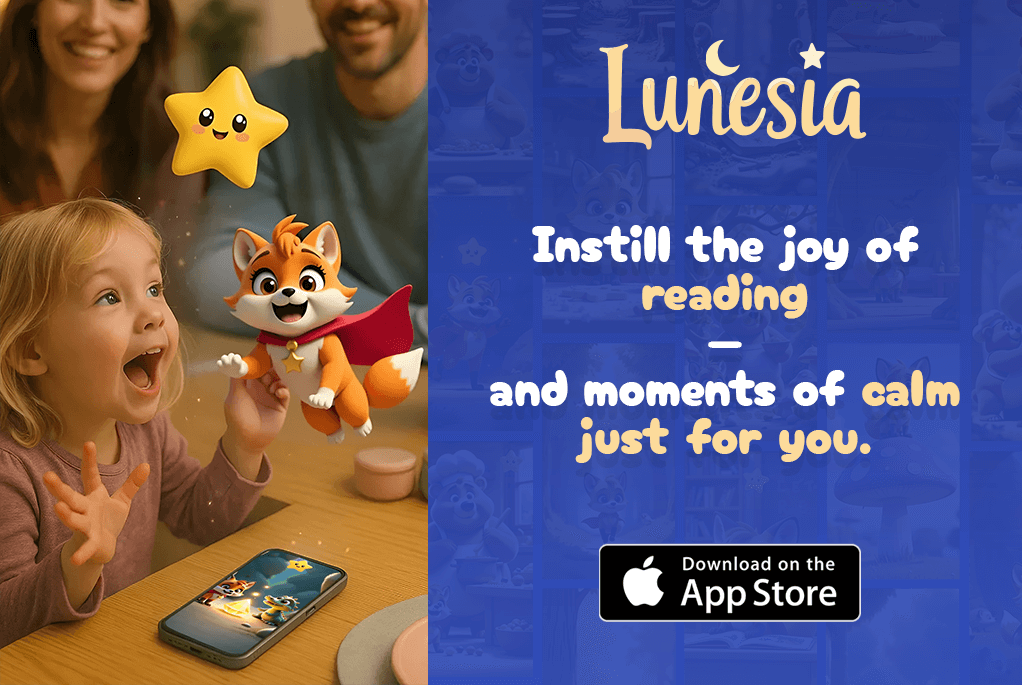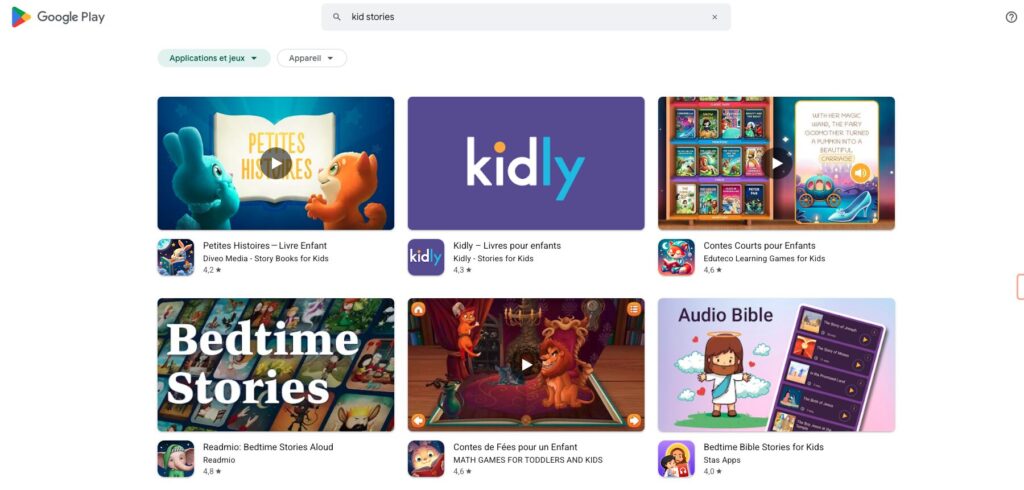As a parent, you hold the key to unlocking your child’s potential. Storytelling is more than just a bedtime ritual—it’s a powerful tool for learning and growth. Through simple, everyday moments, you can spark curiosity and build a foundation for lifelong success.

Think about it: reading a grocery list together can turn into a fun vocabulary lesson. Bedtime stories can nurture critical thinking and comprehension. These small activities create big impacts on your child’s development.
By fostering a love for stories, you’re not just preparing them for school—you’re creating cherished experiences that strengthen your bond. Let’s explore how you can transform everyday moments into opportunities for growth and connection.
Why Early Literacy at Home Matters
The foundation of lifelong learning begins in the simplest interactions. Every conversation, every story, and every question you share with your child builds a pathway to knowledge and growth. These moments are more than just bonding opportunities—they’re the building blocks of development.
The Foundation of Lifelong Learning
From the moment your child starts to explore the world, their brain is forming connections that shape their future. Activities like reading together or discussing daily routines help develop critical thinking and problem-solving skills. For example, asking questions like, “Why do you think the sky is blue?” encourages curiosity and deepens understanding.
Research shows that consistent practice of reading together helps kids develop essential skills, including vocabulary and comprehension. These practices lay the groundwork for future academic success. Families who engage in these activities create a literacy-rich environment that fosters growth.
Building Critical Thinking and Vocabulary
Everyday moments can become powerful teaching opportunities. Cooking together, for instance, turns into a lesson in vocabulary as you name ingredients like basil and oregano. These small interactions expand your child’s language skills and boost their confidence.
Using tools like weather charts can also teach observation and reasoning. Questions like, “What does the sky look like today? Let’s draw it together!” encourage active participation and learning. These activities not only prepare your child for school but also create lasting memories.
By fostering these habits, you’re opening doors to endless opportunities for your child’s growth. For more tips on creating a supportive learning environment, check out this guide on reading routines.
Practical Activities to Foster Early Literacy
Simple, fun activities can turn everyday moments into learning opportunities. By incorporating reading and play into your routine, you can help your child build essential skills while having fun. Let’s explore some creative ways to make learning engaging and effective.

Reading Aloud and Interactive Storytelling
Reading aloud is one of the most powerful ways to boost comprehension and vocabulary. Pause during the story to ask questions like, “What do you think happens next?” This encourages your child to think critically and engage with the narrative.
Try acting out stories with homemade costumes or props. This not only makes the experience memorable but also helps your child understand the plot and characters better. For example, a cardboard box can become a magical castle or a spaceship!
Engaging in Literacy-Based Play
Turn playtime into learning with sorting games. Use items like rice and beads to teach categorization and fine motor skills. These activities are not only fun but also help your child develop essential literacy skills.
Scavenger hunts are another great option. Ask your child to find objects that start with specific letters or shapes. This builds their ability to recognize words and patterns in their environment.
Creating a Literacy-Rich Environment
Design a cozy reading nook with labeled bins for books. This encourages your child to explore reading independently. Use environmental print, like street signs, to teach letter recognition and words during walks.
Start a plant journal to track growth and discuss life cycles. This activity combines science with reading and writing, making learning a holistic experience. For more tips on fostering fluent reading, explore this helpful guide.
Tips for Parents to Support Early Literacy
Your everyday actions can inspire a love for learning in your child. By weaving literacy into daily routines, you create meaningful opportunities for growth. Let’s explore practical ways to nurture their curiosity and skills.
Incorporating Literacy into Daily Routines
Turn everyday moments into learning adventures. For example, cooking together can become a lesson in writing and storytelling. “Let’s write down Grandma’s recipe together!” encourages creativity and family bonding.
Family cookbooks with child-drawn recipes are a fun way to blend art and language. These activities not only build skills but also create cherished memories for families.
Encouraging Curiosity and Questions
Children are naturally curious. When they ask, “Why is the sky blue?” respond with, “Let’s find out together!” This validates their curiosity and teaches problem-solving.
Journaling is another great tool. Ask your child to draw a picture of their day, then write the words they dictate. This builds comprehension and storytelling abilities.
Using Technology and Digital Resources Wisely
Technology can be a powerful ally when used wisely. Apps like “Start with a Book” offer themed reading adventures that engage young minds. Digital libraries with touchless pickup make borrowing books easy and safe.
Set screen time limits and balance virtual experiences with hands-on play. For example, use virtual zoo tours to discuss animal habitats, then encourage your child to draw or build their own zoo.
“Every question is a chance to learn, and every moment is an opportunity to grow.”
By integrating these tips into your routine, you’re not just teaching literacy—you’re fostering a lifelong love for learning in your child.
Conclusion
Small, consistent efforts can make a big difference in your child’s development. Just 15 minutes of reading daily can spark a lifelong love for learning. You don’t need a teaching degree—just curiosity and a little creativity!
Every question your child asks is an opportunity to grow together. “Why?” moments are chances to explore and connect. These experiences build confidence and strengthen your bond.
For more ideas, check out resources like Reading Adventure Packs or bedtime story tips. Your home isn’t just a place—it’s where stories begin and dreams take flight.
FAQ
Why is storytelling important for my child’s development?
Storytelling helps build vocabulary, enhances comprehension, and sparks creativity. It also strengthens the bond between you and your child while fostering a love for books and learning.
How can I create a literacy-rich environment at home?
Fill your space with books, magazines, and writing materials. Label everyday items, display your child’s artwork, and set up cozy reading corners to make learning a natural part of daily life.
What are some fun activities to encourage reading skills?
Try reading aloud together, acting out stories, or playing word games. You can also explore rhyming, storytelling with props, or even creating your own books to make learning engaging and interactive.
How can I incorporate literacy into our daily routines?
Use everyday moments like cooking, grocery shopping, or driving to talk about words and ideas. Read signs, labels, and recipes together, and encourage your child to ask questions and share their thoughts.
Is technology helpful for developing literacy skills?
Yes, when used wisely. Educational apps, e-books, and interactive videos can complement traditional learning. Just ensure screen time is balanced with hands-on activities and real-world experiences.
How do I encourage my child to ask questions and think critically?
Model curiosity by asking open-ended questions during reading or play. Encourage them to predict what happens next in a story or discuss why characters make certain choices. Praise their ideas to build confidence.



